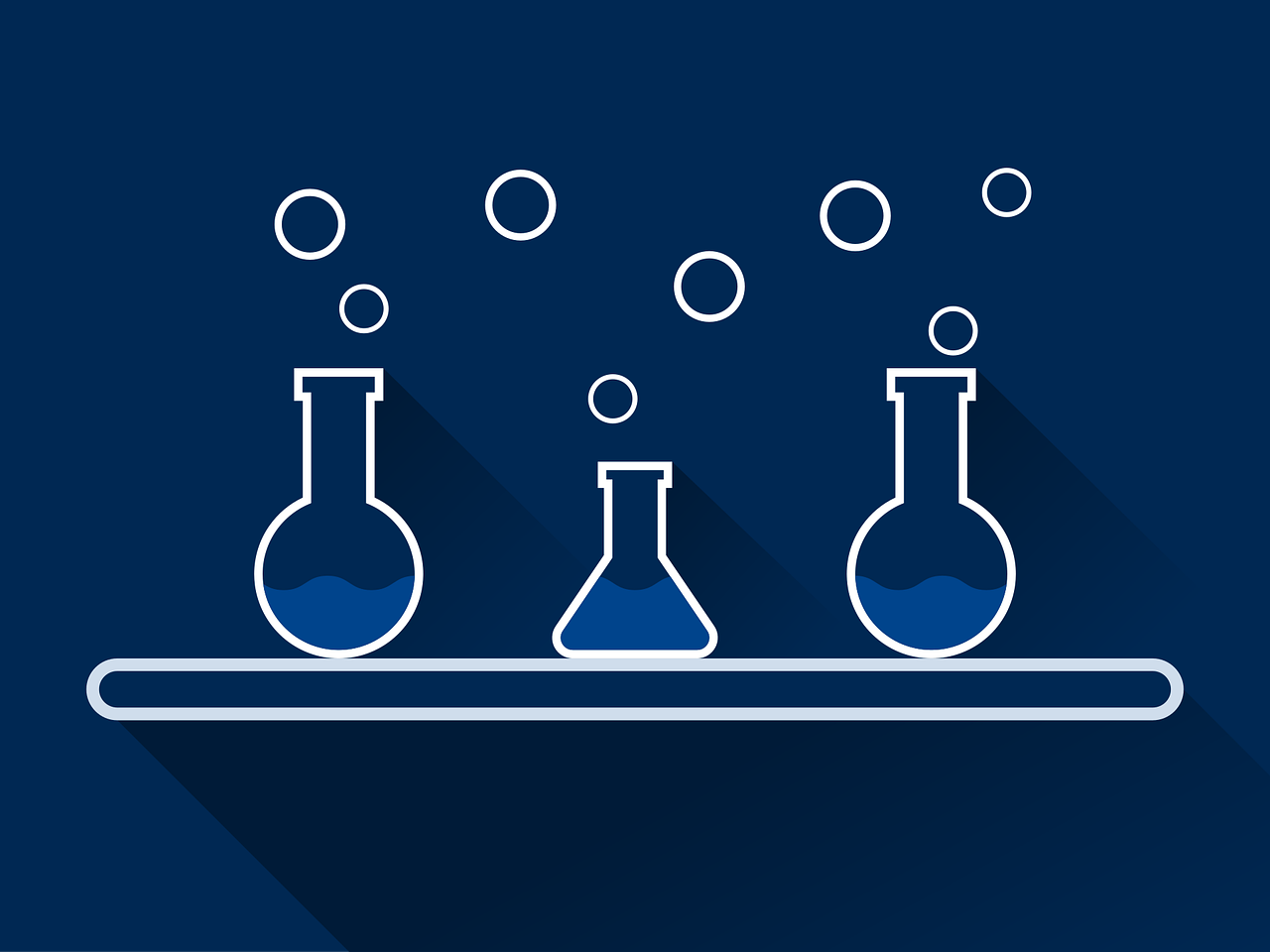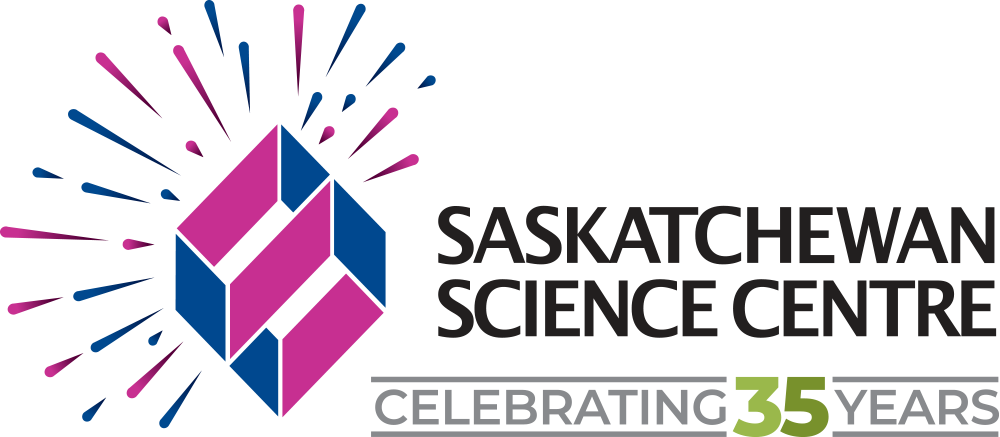
This is the central point where teachers can find resources to help select the best workshops that ignite scientific curiosity in their students.
Star Trip – Solar Systems
Students will gain an understanding of astronomy by learning about the structure of our solar system and the celestial bodies in it! Star Lab offers a portable planetarium experience for students participating.
Students will gain an understanding of astronomy by learning about the structure of our solar system and the celestial bodies in it! Star Lab offers a portable planetarium experience for students participating.
Grades: Pre K–2
Length: 45 minutes
Capacity: 25 persons
Cost:
Virtual: $75
In-Person: $100
Curricular Connections:
Science K: Exploring our Natural Surroundings
NSK.1: Explore features of their natural surroundings (e.g., soil, water, landform, and weather conditions), including changes to those surroundings over time.
Science 1: Daily and Seasonal Changes
DS1.1: Compare and represent daily and seasonal changes of natural phenomena through observing, measuring, sequencing, and recording.
DS1.2: Inquire into the ways in which plants, animals, and humans adapt to daily and seasonal changes by changing their appearance, behaviour, and/or location.
Science 2: Air and Water in the Environment
AW2.1: Investigate the properties of air and water (in all three states of matter) within their environment.
AW2.2: Assess the importance of air and water for the health and survival of living things, including themselves and the environment.
Star Trip – Galaxies
Students will expand on their understanding of astronomy by traveling beyond our own galactic neighbourhood. Galaxies, nebulae, and supernovae—oh my! Star Lab offers a portable planetarium experience for students participating.
Students will expand on their understanding of astronomy by travelling beyond our own galactic neighbourhood. Galaxies, nebulas and supernovae—oh my! Star Lab offers a portable planetarium experience for students participating.
Grades: 6–9
Length: 45 minutes
Capacity: 20 persons
Cost:
Virtual: $75
In-Person: $100
Curricular Connections:
Science 6: Our Solar System
SS6.1: Research and represent the physical characteristics of the major components of the solar system, including the Sun, planets, moons, asteroids, and comets.
SS6.2: Assess the efficacy of various methods of representing and interpreting astronomical phenomena, including phases, eclipses, and seasons.
SS6.3: Evaluate the past, current, and possible future contributions of space exploration programs, including space probes and human spaceflight, that support living and working in the inner solar system.
Science 9: Exploring Our Universe
EU9.1: Inquire into the motion and characteristics of astronomical bodies in our solar system and the universe.
EU9.2: Analyze scientific explanations of the formation and evolution of our Solar System and the Universe
EU9.3: Examine how various cultures, past and present, including First Nations and Metis, understand and represent astronomical phenomena.
EU9.4: Analyze human capabilities for exploring and understanding the universe, including technologies and programs that support such exploration.
EnviroCircuits
In this workshop students will learn about simple and parallel circuits through hands-on activities. Make your own circuit and power it using a variety of renewable energy sources.
This workshop takes you from electrostatic charges to parallel circuits and beyond. Students will learn about simple and parallel circuits through hands-on activities and then have the opportunity to make their own circuits.
Grades: 6–9
Length: 45 minutes
Capacity: 30 persons
Cost:
In-Person: $100
Curricular Connections:
Science 6: Understanding Electricity
EL6.1: Assess the personal, societal, economic, and environmental impacts of electricity use in Saskatchewan and propose actions to reduce those impacts.
EL6.2: Investigate the characteristics and applications of static electric charges, conductors, insulators, switches, and electromagnetism.
EL6.3: Explain and model the properties of simple series and parallel circuits.
Science 9: Characteristics of Electricity
CE9.1: Demonstrate and analyze the characteristics of static electric charge and current electricity, including historical and cultural understanding.
CE9.2: Analyze the relationships that exist among voltage, current, and resistance in series and parallel circuits.
CE9.4: Critical impacts of past, current, and possible future methods of small and large-scale electrical energy production and distribution in Saskatchewan
This workshop is presented by the
Association of Professional Engineers and Geoscientists of Saskatchewan (APEGS).
Digging into Dissections
Explore body systems from the inside out! Engage in live dissections that allow you to get a closer look at how body systems work. Choose from fetal pigs, hearts, and eyes to gain a better perspective on the living body and its intricate design.
Get a new perspective on the living body and its intricate design. These hands-on, guided dissections allow students to get a closer look at how body systems and their organs work. Choose from fetal pig, heart, or eye.
Grades: 5+ (NOTE: the Fetal Pig is designed for Grades 8+.)
Length: 60–90 minutes
Capacity: 30 persons
Cost:
Virtual: Heart ($100), Eye ($100), Fetal Pig ($100)
In-Person: Heart ($175), Eye ($175), Fetal Pig ($250)
Curricular Connections:
Science 5: Life Science: Human Body Systems
HB5.1: Analyze personal and societal requirements for, and the impact of, maintaining a healthy human body.
HB5.2: Investigate the structure, function, and major organs of one or more human body systems, such as the digestive, excretory, respiratory, circulatory, nervous, muscular, and skeletal systems.
HB5.3: Assess how multiple human body systems function together to enable people to move, grow, and react to stimuli.
Science 7: Understanding, Skills, and Confidence
USC7.2: Examine critically and use purposefully blood-borne pathogen information and education, including HIV and Hepatitis C, for the purpose of committing to behaviours that do not put one at risk of infection or co-infection.
USC7.3: Commit to personal safety practices while acquiring basic first aid knowledge and skills.
Science 8: Life Science: Cells, Tissues, Organs, and Systems
CS8.3: Distinguish structural and functional relationships among cells, tissues, organs, and organ systems in humans and how this knowledge is important to various careers.
CS8.4: Analyze how the interdependence of organ systems contributes to the healthy functioning of the human body.
Science 9: Reproduction and Human Development
RE9.1: Examine the process of and influences on the transfer of genetic information and the impact of that understanding on society, past and present.
RE9.4: Analyze the process of human reproduction, including the influence of reproductive and contraceptive technologies.
Health Science 20: Human Body
HS20-HB1: Analyze the anatomy and physiology of a healthy human.
Wild About Animals
Discover the diversity of animal groups and compare characteristics and behaviours between animals from different habitats. Get the chance to meet a real animal for a fun and visual learning experience.
Discover the diversity of animal groups and compare characteristics and behaviours between animals from different habitats. Get the chance to meet a real animal for a fun and visual learning experience.
Grades: Pre K–2
Length: 45 minutes
Capacity: 25 persons
Cost:
Virtual: $75
In-Person: $100
Curricular Connections:
Science K: Living Things in our Environment
LTK.1: Examine observable characteristics of plants, animals, and people in their local environment.
Science 1: Needs and Characteristics of Living Things
LT1.1: Differentiate between living things according to observable characteristics, including appearance and behaviour.
Science 2: Animal Growth and Changes
AN2.1: Analyze the growth and development of familiar animals, including birds, fish, insects, reptiles, amphibians, and mammals, during their life cycles.
Virtual Workshop Supplies:
The Saskatchewan Science Centre provides everything needed for in-person workshops at the Science Centre.





